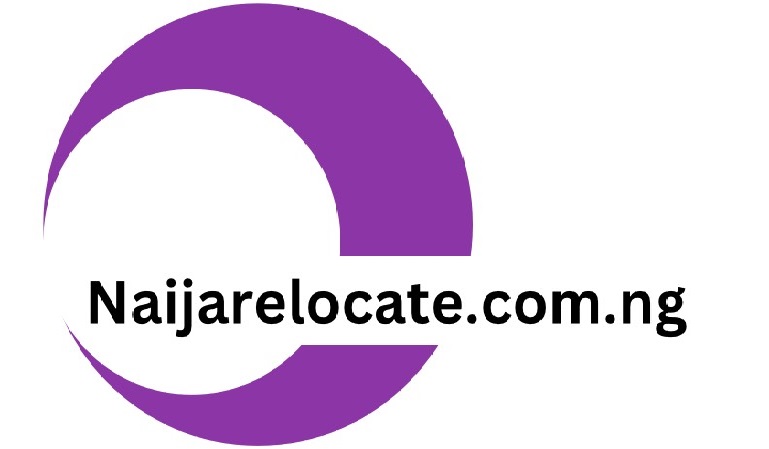Speech and Language Therapist Job Summary
The therapist will provide agreed support to adults with intellectual disabilities, their families, carers and the multi-disciplinary team. Specifically, this will relate to the communication needs of an individual, and subsequent environmental needs. Support may be for individuals, environments or providers and is under the direction of qualified Speech and Language Therapists but often delivered without direct supervision, across different multi-agency day and residential settings.
Therapist Main Duties
The THERAPIST role will help support the delivery of an efficient and effective Speech and Language Therapy Service to ensure that individual’s with mental health conditions and associated communication and swallowing needs receive the best possible outcomes in relation to their care, treatment and recovery. The SLT service involves providing individual assessment, intervention, advice, training, and a consultative approach and the post-holder will support the qualified SLT to deliver this service. Well-developed IT skills are essential for this post to support production of accessible information and resources. The post holder needs excellent interpersonal skills and an ability to work confidently and flexibly with service users, families and support staff within a fast-paced inpatient environment
Speech and Language Therapist (SLT) interview questions
- Tell us about yourself and why you want to be a Speech and Language Therapist. Sample Answer:
“I graduated with a BSc in Speech and Language Therapy from [University] in 2023 and have since completed placements in pediatric dysphagia and adult neuro-rehabilitation. My passion stems from volunteering with a local aphasia support group, where I saw how targeted therapy restored independence and confidence. I’m drawn to SLT because it combines clinical assessment with creative, holistic interventions—empowering clients to connect in meaningful ways. I’m excited to bring my skills to [Organization] to support your integrated stroke pathway.” - What interests you most about Speech and Language Therapy, and why this role/organization? Sample Answer:
“I’m most fascinated by the neuroplasticity aspect—how therapy can rewire communication pathways post-trauma. Your Trust’s focus on teletherapy for rural access aligns with my placement experience in remote Highland clinics, where I adapted apps like Constant Therapy for low-bandwidth settings. I want to contribute to reducing waiting lists through innovative group interventions.”
Clinical & Technical Questions
- How do you assess a client with suspected dysphagia? Sample Answer:
“I start with a comprehensive case history, including medical background and red flags like choking episodes. Then, bedside screening using tools like the Toronto Bedside Swallow Screen, followed by observation of cues (e.g., wet voice, coughing). If indicated, I refer for videofluoroscopy or FEES. In a recent placement, this approach identified silent aspiration in a post-stroke patient, leading to a modified diet that prevented pneumonia.” - Describe the difference between a phonological disorder and an articulation disorder. Sample Answer:
“An articulation disorder involves difficulty producing specific sounds due to motor placement issues, like a frontal lisp on /s/. A phonological disorder is pattern-based, such as cluster reduction (e.g., ‘tuck’ for ‘truck’), reflecting rule errors in the mental sound system. I’d differentiate via standardized tests like the Goldman-Fristoe for articulation vs. the Clinical Evaluation of Language Fundamentals (CELF) for phonology, then tailor therapy—drill-based for articulation or cycles approach for phonology.” - What steps do you take when writing an Individualized Education Program (IEP) or care plan for a child with speech delay? Sample Answer:
“First, multidisciplinary assessment with input from teachers and parents. I set SMART goals (e.g., ‘Produce 80% of /k/ sounds in words by term end’). Include evidence-based strategies like Hanen principles for parent involvement. Review quarterly. For a 4-year-old with expressive delay, my IEP focused on play-based vocabulary building, resulting in a 25% increase in spontaneous utterances after 6 months.” - How do you determine if a client is eligible for speech therapy services? Sample Answer:
“Eligibility hinges on functional impact—does the impairment affect daily communication, education, or safety? I use standardized tools (e.g., CELF-5 for language, GFTA-3 for articulation) alongside informal observations and stakeholder input. In schools, align with EHCP criteria; in adults, NICE guidelines for aphasia. Recently, I advocated for a non-verbal autistic teen’s eligibility by demonstrating social isolation risks, securing weekly sessions.”
Behavioral / Scenario-Based Questions (Use STAR)
- Give an example of a time you collaborated with a multidisciplinary team. Sample Answer (STAR):
Situation: On a stroke unit placement, a 65-year-old with global aphasia struggled with discharge planning.
Task: Coordinate rehab goals across OT, PT, and nursing.
Action: I led a weekly MDT meeting, using visual aids to share my Supported Conversation assessment, and co-developed a communication passport.
Result: The patient was discharged home safely two weeks early, with 90% family satisfaction on follow-up. - Describe a challenging case and how you managed it. Sample Answer (STAR):
Situation: A bilingual child (age 6) with selective mutism in school but fluent at home.
Task: Build confidence without pressure.
Action: Implemented gradual exposure via non-verbal play therapy, incorporating Spanish resources and teacher training on elicitation strategies.
Result: By session 8, she initiated peer conversations, improving class participation scores by 40%.” - How would you handle a non-compliant or difficult client? Sample Answer:
“I empathize first—exploring barriers like frustration or cultural mismatches. For a resistant adult with dysarthria, I’d use motivational interviewing to align goals with their values (e.g., ‘What would clearer speech let you do with family?’). If needed, adapt sessions to shorter, tech-based formats. In one case, this shifted a ‘no-show’ client to consistent attendance, achieving 70% intelligibility gains.” - What would you do if you disagreed with a colleague’s recommendation for a client? Sample Answer:
“I’d seek clarification privately using SBAR (Situation, Background, Assessment, Recommendation) to understand their rationale. If unresolved, escalate to a supervisor with evidence from RCSLT guidelines. During a dysphagia MDT, I respectfully challenged a nil-by-mouth decision with swallow trial data, leading to a safer texture-modified diet.”
To apply for this job please visit apps.trac.jobs.


